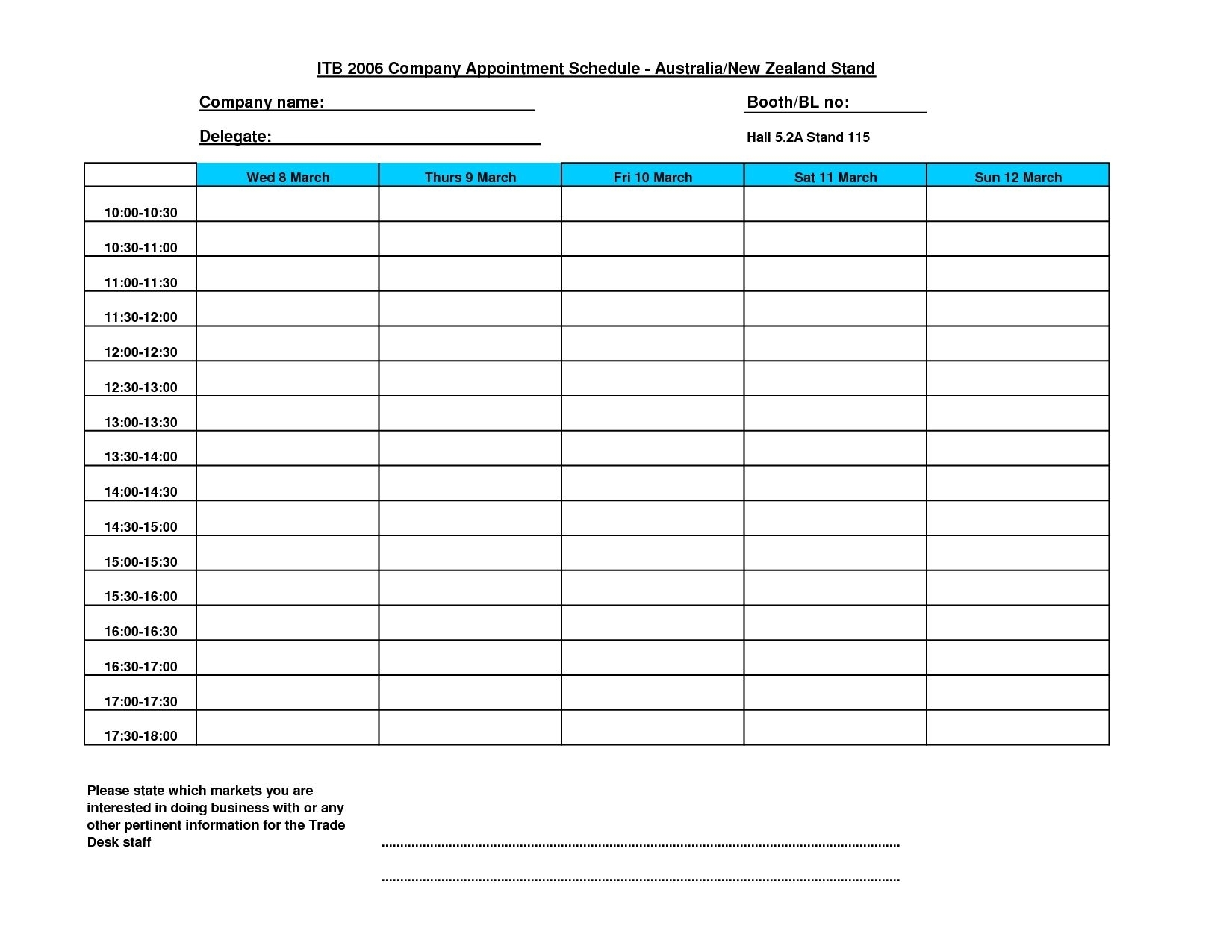

Specifies the schedule for periodically running the task: Only removed if the task is recreated (using the CREATE OR REPLACE TASK syntax).įor more information about this parameter, see USER_TASK_MANAGED_INITIAL_WAREHOUSE_SIZE. Note that suspending and resuming a task does not remove the task history used to size the compute resources. Changing the parameter after the first run of this task starts has no effect on theĬompute resources for current or future task runs. You can change the initial size (using ALTER TASK) after the task is created butīefore it has run successfully once. If the parameter is omitted, the first runs of the task are executed using a medium-sized ( MEDIUM) warehouse.

The largest size supported by the parameter is

The size is equivalent to the compute resources available when creating a warehouse (usingĬREATE WAREHOUSE): SMALL, MEDIUM, LARGE, etc. If a WAREHOUSE = string parameter value is specified, then setting this parameter produces a user error. Note that if the task history is unavailable for a given task, the compute resources revert to this initial size. Once a task has successfully completed a few runs, Snowflake ignores this parameter setting. Specifies the size of the compute resources to provision for the first run of the task, before a task history is available for USER_TASK_MANAGED_INITIAL_WAREHOUSE_SIZE = string To specify the initial warehouse size for the task, set the USER_TASK_MANAGED_INITIAL_WAREHOUSE_SIZE = string Schedule is specified for a task, Snowflake adjusts the resource size to complete future runs of the task within the specified Resources are automatically resized and scaled up or down by Snowflake as required for each workload. Also referred to as serverless tasks, these Omit this parameter to use Snowflake-managed compute resources for runs of this task. Specifies the virtual warehouse that that provides compute resources for task runs.


 0 kommentar(er)
0 kommentar(er)
